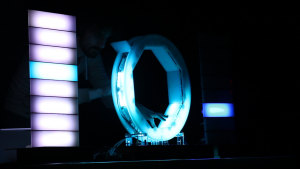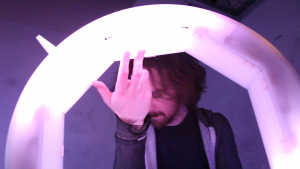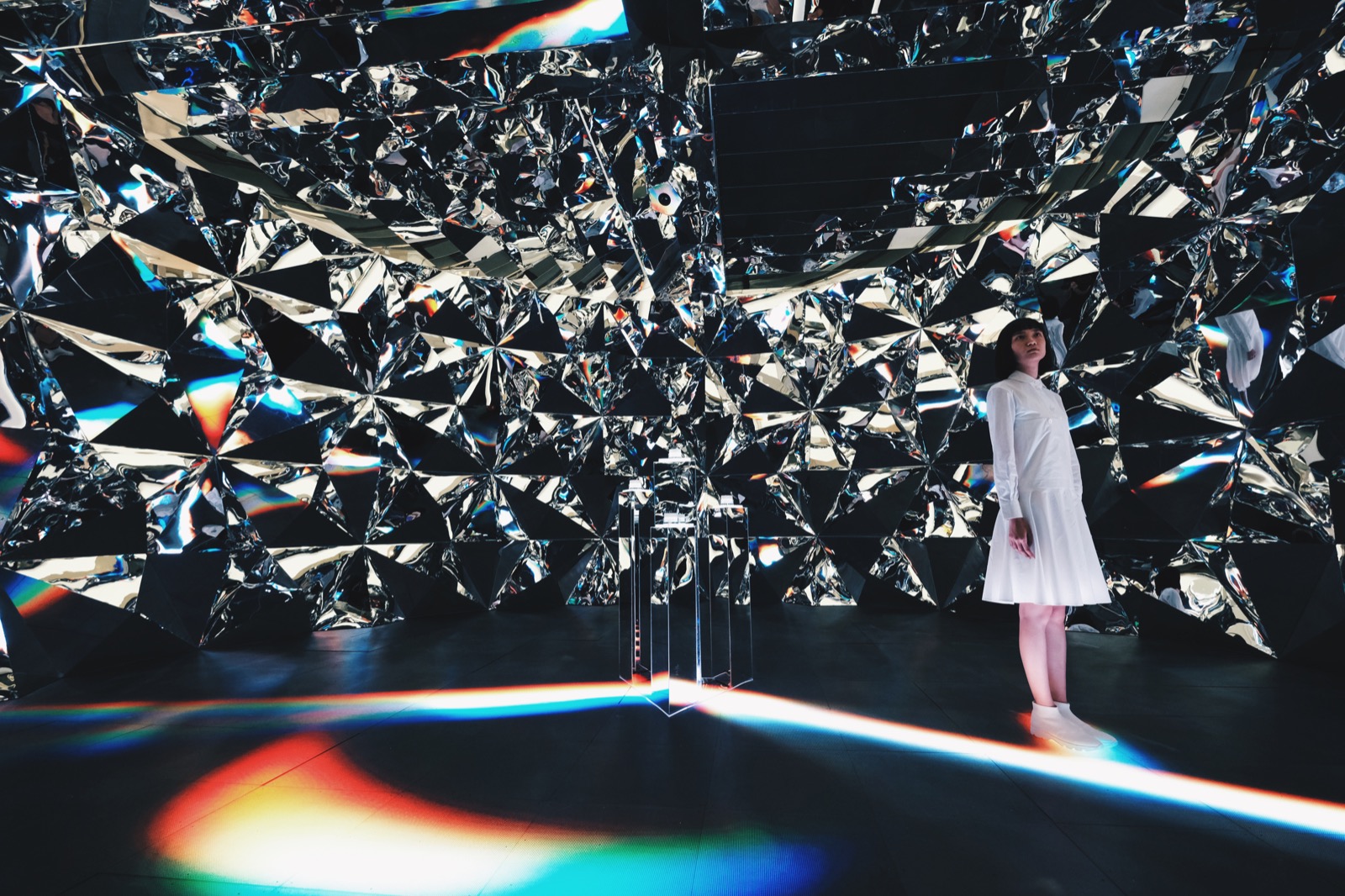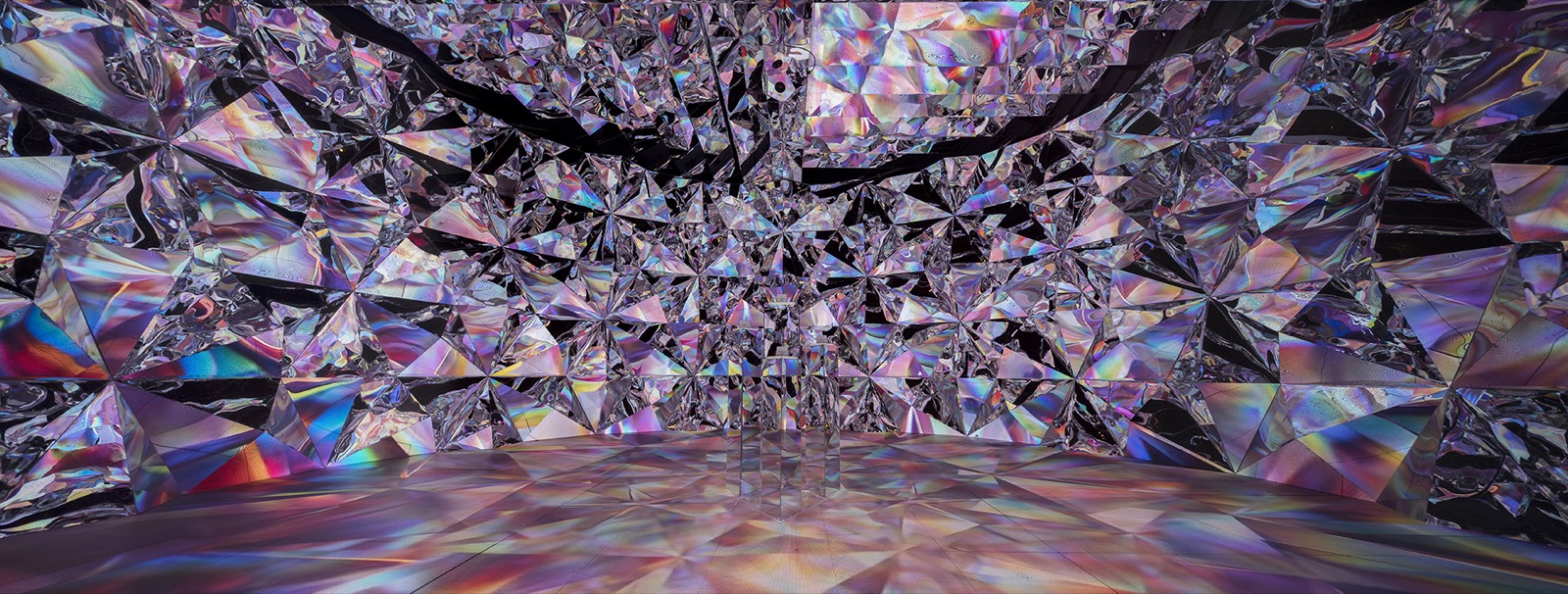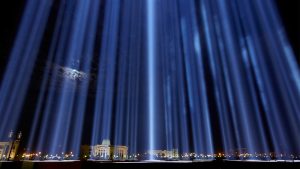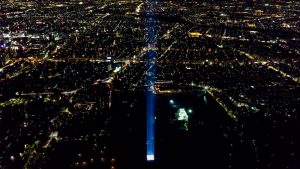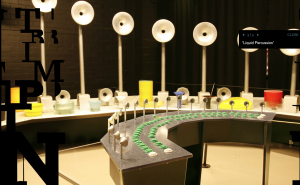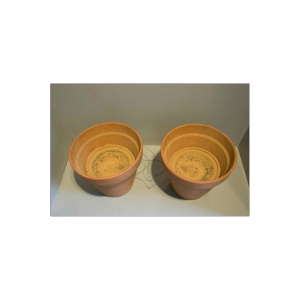As a music major, technology has affected our craft in both negative and positive ways. One of the most beneficial aspects of technology integrated into music, in my opinion, is the newfound ease that compositional programs provide composers, musicians, and creatives. Back in the day, composers would sit down and write hundreds of thousands of notes, one by one, on pieces of paper. This is a very slow method, erasing becomes a large hassle, and there is no way to hear what it sounds like completed, especially for compositions for large ensembles, unless one was to recruit the 50+ musicians necessary to create a full orchestra.
One of Beethoven’s original scores to exemplify the issues encountered while composing using pen and paper:
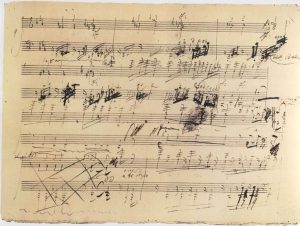
Composing on the computer allows the composer to quickly tap notes on the staff to write music. If the artist would like to get rid of a note, it is easy to click on it and press delete instead of erasing; one can even select an entire section to delete. One now has the ability to copy a melody, and paste it to have another instrument double the line, or even place it in another section of the piece. It is also possible to move a passage up or down by any interval, such as moving a melody down by an octave or changing the key by moving an entire piece a half-step or more up/down. In addition, there is a play-back setting that allows the composer to hear computer-generated instruments perform their work, and even listen to selected instruments individually. All of these features have greatly improved the speed and ease of composing.
Audacity
Created by: Roger Dannenberg and Dominic Mazzoni, Carnegie Mellon University

There are a multitude of composition applications and computer programs. Some of the most common ones are Sibelius, Ableton Live, Audacity, Pro Tools, Garage Band, and MuseScore. There are many differences between all of them, as some have the ability to edit sound, while others are more adapted for writing in notes on a staff. For many of my composition assignments I do for music classes, I use a computer program to cleanly write out and listen to my assignments. It is extremely helpful as I am not particularly fluent on piano, so I can easily listen to the counterpoint of my four-part harmony without the struggle of playing it myself. All in all, composing music utilizing technology has changed the field of composition and the music world for the better.
MuseScore
Written Using C++
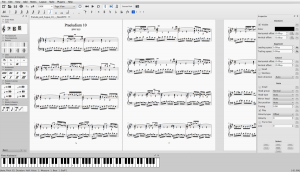
https://en.wikipedia.org/wiki/List_of_music_software

![[OLD FALL 2017] 15-104 • Introduction to Computing for Creative Practice](https://courses.ideate.cmu.edu/15-104/f2017/wp-content/uploads/2020/08/stop-banner.png)

